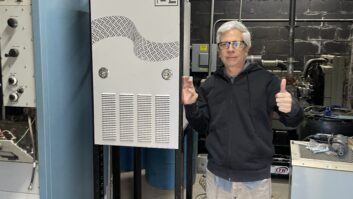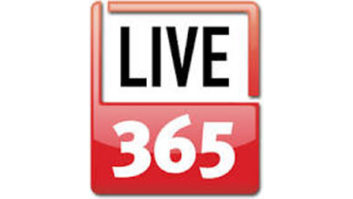Do Quality and Quantity Have a Zero-Sum Relationship?
Much has been made of the productivity increases in modern society, and clearly there is plenty of empirical data to support these claims. The pure output level of many of today’s enterprises is enormous, and much of this is due to the multiplying effects of digital technology, in particular PC-based systems.
These architectures allow individuals to manage by themselves many processes that formerly required a team of support staff. As a result, human resources have been reassigned and corporate assets often have been more efficiently or creatively applied. In other cases, however, such technology simply has been used as a payroll compression algorithm.
Increasingly today there seems to be a growing reassessment of this trend, and some are calling into question whether true progress has resulted. For example, many professional colleagues have lamented that the ability to manage more processes at once (including purely administrative ones) has now turned into a requirement to do so all the time. Our tools may have given us the ability to keep more balls in the air, but our attention is still applied proportionally to each. This results in individual projects receiving proportionally less attention, and can often mean that numerous efforts fall short of their optimal potential.
To put it in extremes, let’s say that a given corporate employee spent last year working on one in-depth project, but spends this year working one hour apiece on 2,000 different projects. What are the chances that any one of those 2,000 projects will meet or exceed the value to the enterprise of last year’s single project? What are the chances that all 2,000 of them combined will?
Naturally, there is a middle ground that makes sense, but it seems today that corporate enterprise has not yet achieved a good understanding of such balance. Like many new movements, a pendulum effect applies, in which there is a headlong rush toward the new process, followed by a backlash against it, finally resulting in a reasonable, centrist position that incorporates wisdom from the earlier period with enhancements of the current time.
It would seem we are still in the first stage of that process, having not yet hit the end of the pendulum’s initial outbound swing.
The multiplier effect on productivity has been given highest priority to date, at least in the U.S. digital economy. More is considered unilaterally better, but is it really? Yes, we are all doing more things, but how many of us feel we are giving any of them our best effort?
Doesn’t it stand to reason that the more we do, the less attention we will pay to any one of our projects?
As applied to radio
This problem makes itself apparent in radio through the output of today’s consolidated operations.
As more services are produced and broadcast from a single facility, the efficiency of broadcasters’ production equipment, real estate and staff has never been higher. Yet how carefully are any of these services created? Music flows from hard drives in predetermined salvos, and DJs crank out announce breaks in voice-track factories. The result often has all the quality of a paint-by-number work, and compares poorly to the real-time, handcrafted broadcasts of earlier times. Sometimes more may not be better, it just may be more.
Of course, if more is all you care about, the current movement is a panacea. But for discerning listeners, it may be a plague. The real problem arises when such customers realize there are alternatives that can meet their needs and satisfy their taste thresholds, at least some of the time. And when they seek out and use these alternatives, they are not using the radio. It’s a simple binary process in which radio increasingly may find itself in the losing position.
For example, there is now a class of “compilation” CDs in which previously published music from various artists is mixed into the form that might have been heard in a creative on-air DJ set, but is now generally relegated to the club DJ milieu. What was once common radio fare has become a premium experience.
And ironically, the PCs that are enabling this process at radio stations also are being used by younger audiences as creative tools to shape their own musical sets and remixes.
Don’t blame the tools
It’s easy to say this is all the fault of computers, but this would let the real culprit off the hook. Sure, computers can automate simple and labor-intensive processes, but they can’t replace human creativity, style and attention to detail. Trying to make them do so is a conscious business decision, and occasionally an inappropriate one, as some of us are beginning to learn.
The trading of quality for quantity is not an intrinsic artifact of computer-based systems. In fact, in some cases, digital systems can provide higher and more consistent quality of product in a cost-effective manner, as we all know. But where computers are applied simply for their multiplicative effect on a worker’s output, quality of that output often will decline rather than improve. It is the trade-off of quality for quantity that is the inherent principle at work.
Like any tool, a computer-based process can be used or abused. For radio’s sake, let’s hope the pendulum finds its proper rhythm before it’s too late.












